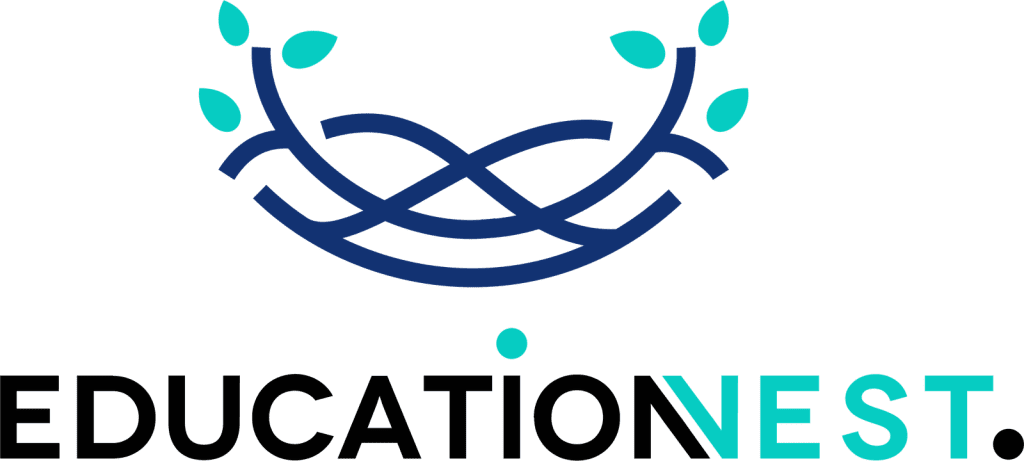In today’s fast-paced world, staying ahead in your career means continuously updating your skills. But how do you know which skills you need to improve? Identifying skill gaps is the first step towards professional growth.
This blog will guide you through the process of identifying and addressing these gaps, helping you stay competitive and confident in your field.
Understanding Skill Gaps
Skill gaps are the differences between the skills you currently have and the skills required for your job or desired role. These gaps can arise from various factors, such as changes in job requirements, advancements in technology, or personal career goals. Recognizing these gaps is crucial for staying relevant and advancing in your career.
Identifying Skill Gaps: Where to Start
Self-Assessment
The first step in identifying skill gaps is to conduct a self-assessment. Reflect on your current skills and compare them with the requirements of your job or the job you aspire to. Here are some questions to help you get started:
- What are the key skills required for my current role or desired role?
- Which of these skills do I already possess?
- Where do I fall short?
- What areas do I find challenging or unfamiliar?
Feedback from Colleagues and Supervisors
Feedback from colleagues and supervisors can provide valuable insights into your skill gaps. They can offer an external perspective and highlight areas where you might need improvement. Don’t hesitate to ask for constructive feedback during performance reviews or informal meetings.
Industry Trends and Job Descriptions
Staying updated with industry trends and job descriptions can help you identify emerging skills and technologies. Websites like LinkedIn, Glassdoor, and Indeed offer insights into the skills employers are looking for. Look for patterns in job postings related to your field and note any skills that frequently appear.
Online Skill Assessments
There are numerous online platforms offering skill assessments. Websites like Coursera, Udemy, and Skillsoft provide quizzes and tests that can help you identify your strengths and weaknesses. These assessments can be a quick way to pinpoint specific areas where you need improvement.
Addressing Skill Gaps Effectively
Once you’ve identified your skill gaps, the next step is to address them. Here are some effective strategies to help you bridge these gaps:
Set Clear Goals
Setting clear, achievable goals is essential for addressing skill gaps. Break down your goals into smaller, manageable tasks. For example, if you need to improve your data analysis skills, set a goal to complete a data analysis course within the next three months.
Create a Learning Plan
A well-structured learning plan can keep you on track. Include specific milestones, deadlines, and resources you’ll use. For instance, you might plan to spend one hour each week learning a new programming language or practicing a new skill.
Online Courses and Certifications
Online courses and certifications are excellent resources for addressing skill gaps. Platforms like Coursera, edX, and Udemy offer a wide range of courses on various topics. Completing these courses can not only help you acquire new skills but also provide you with certifications that can boost your resume.
Practical Experience
Theoretical knowledge is important, but practical experience is invaluable. Look for opportunities to apply your new skills in real-world scenarios.
This could be through internships, volunteer work, or even personal projects. Practical experience can solidify your understanding and make you more confident in your abilities.
Networking and Mentorship
Networking with professionals in your field can provide guidance and support as you address your skill gaps. Seek out mentors who can offer advice and share their experiences.
Attend industry conferences, join professional organizations, and participate in online forums to connect with like-minded individuals.
Continuous Learning
Continuous learning is key to staying ahead in your career. Make a habit of reading industry publications, attending webinars, and participating in workshops. The more you stay informed, the better equipped you’ll be to handle new challenges and opportunities.

Read More
Understanding Burnout: Signs, Causes and Strategies for Prevention
Developing Future Leaders: Strategies for Building a Leadership Pipeline
Common Challenges and Solutions
Addressing skill gaps can be challenging, but with the right mindset and strategies, you can overcome these obstacles. Here are some common challenges and solutions:
Time Management
Finding time to learn new skills can be difficult, especially if you have a busy schedule. Here are some tips to manage your time effectively:
- Prioritize Your Goals: Focus on the most critical skills first. Prioritize your learning goals based on their relevance to your career.
- Create a Schedule: Allocate specific times for learning. Even 30 minutes a day can make a significant difference over time.
- Use Downtime Wisely: Use commute time or breaks to listen to educational podcasts or read industry articles.
Motivation
Staying motivated can be challenging, especially when progress seems slow. Here are some ways to stay motivated:
- Set Small Milestones: Celebrate small victories to keep yourself motivated. Completing a module or mastering a new concept can be a great motivator.
- Find a Study Buddy: Having someone to learn with can make the process more enjoyable and keep you accountable.
- Reward Yourself: Treat yourself to something you enjoy after achieving a learning milestone.
Financial Constraints
Learning new skills often involves costs, whether it’s for courses, books, or software. Here are some cost-effective solutions:
- Free Resources: Utilize free online resources like YouTube tutorials, free courses on platforms like Khan Academy, and open-source software.
- Scholarships and Grants: Look for scholarships, grants, or employer-sponsored training programs that can cover some of your learning expenses.
- Borrow Resources: Borrow books from the library or ask colleagues if they have resources they can share.
Conclusion
Identifying and addressing skill gaps is a continuous process that requires self-reflection, planning, and consistent effort. By following the steps outlined in this blog, you can bridge the gap between your current skills and the skills required for your career advancement.
Remember, every step you take towards improving your skills is a step towards a more successful and fulfilling career. So, take action today and watch your professional growth unfold.
Stay curious, stay motivated, and keep learning. Your future self will thank you!
